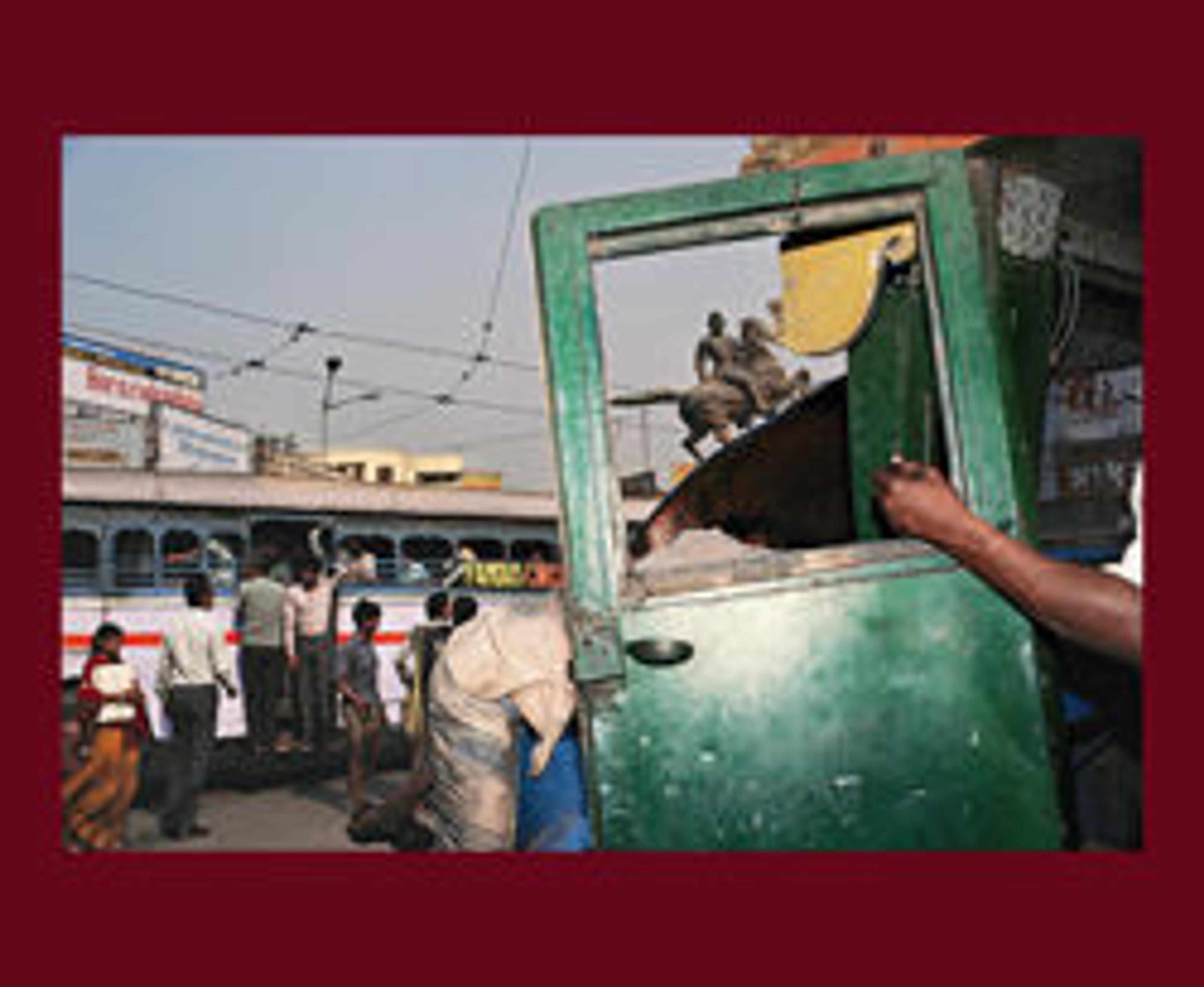Jaipur, India
The French photographer Henri Cartier-Bresson has traveled throughout the world, working in Africa, China, the United States, Mexico, and all over Europe as a photojournalist on assignment for a number of magazines. He has made five trips to India, during which he captured large, historic moments such as Gandhi's funeral and the refugee movement caused by partition. This photograph, however, taken at the time of independence, focuses on a small, everyday occurrence: a teacher instructing his students on the streets of Jaipur. The nature of the photograph exemplifies Cartier-Bresson's dedication to representing human dignity and to working as an unobserved observer, often anonymous in the crowd and using only a simple 35mm camera. The aesthetic of this photograph certainly evolved from his work in press photography, in which each image must tell a story in a single frame.
Artwork Details
- Title: Jaipur, India
- Artist: Henri Cartier-Bresson (French, Chanteloup-en-Brie 1908–2004 Montjustin)
- Date: 1948
- Medium: Gelatin silver print
- Dimensions: 34.2 x 22.6 cm (13 7/16 x 8 7/8 in.)
- Classification: Photographs
- Credit Line: Ford Motor Company Collection, Gift of Ford Motor Company and John C. Waddell, 1987
- Object Number: 1987.1100.174
- Rights and Reproduction: © Henri Cartier-Bresson / Magnum Photos
- Curatorial Department: Photographs
More Artwork
Research Resources
The Met provides unparalleled resources for research and welcomes an international community of students and scholars. The Met's Open Access API is where creators and researchers can connect to the The Met collection. Open Access data and public domain images are available for unrestricted commercial and noncommercial use without permission or fee.
To request images under copyright and other restrictions, please use this Image Request form.
Feedback
We continue to research and examine historical and cultural context for objects in The Met collection. If you have comments or questions about this object record, please contact us using the form below. The Museum looks forward to receiving your comments.
